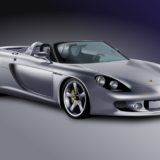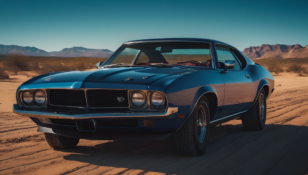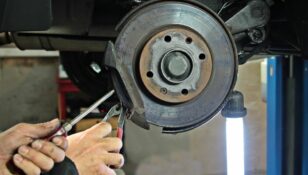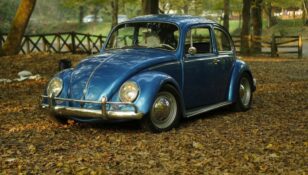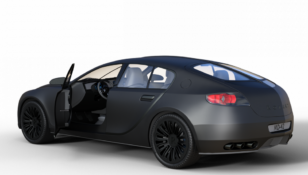California VW – A Journey Through Volkswagens Iconic Camper Van

Introduction
California VW holds a special place in the hearts of car enthusiasts and adventurers alike. This iconic camper van has been capturing the imaginations of people all around the world for decades. In this article, we will delve into the rich history and evolution of California VW, providing valuable insights for those interested in this subject.
A Brief Overview

The California VW, also known as the Volkswagen Type 2 camper van, first rolled off the production line in Germany back in 1950. Its unique design, featuring a rear engine layout and a spacious cabin, immediately set it apart from other vehicles on the road. The camper van’s versatility, combined with its durable build, allowed it to become an instant hit.
Historical Evolution
Over the years, the California VW has undergone several transformative phases, adapting to changing consumer needs and technological advancements. Let’s take a closer look at the key stages in its development:
1. First Generation (1950-1967):
– The initial iteration of the California VW boasted a split windshield design and a distinctive V-shaped front end.
– This model gained popularity as a reliable utility vehicle and a recreational camper.
2. Second Generation (1968-1979):
– The second generation saw significant design updates, including a larger windshield and a curved front end.
– Engine enhancements improved performance and fuel efficiency, making the California VW even more appealing to adventure seekers.
3. Third Generation (1980-1991):
– This phase witnessed the introduction of water-cooled engines, providing better cooling and overall reliability.
– The camper van’s interior underwent significant improvements, with more comfortable sleeping arrangements and enhanced storage options.
4. Fourth Generation (1992-2003):
– The California VW embraced modern design elements, with a more rounded and aerodynamic look.
– The introduction of power steering and front-wheel drive drastically improved maneuverability.
5. Fifth Generation (2004-present):
– The latest iteration of the California VW combines the iconic charm of its predecessors with cutting-edge technology.
– Features such as touchscreen infotainment systems, advanced safety systems, and efficient engines cater to the demands of the contemporary driver.
The Calm Before the Storm: The California VW Craze
It wouldn’t be an exploration of California VW without mentioning its immense popularity during the 1960s and 1970s. The counterculture movement, accompanied by the rise of hippie culture, saw the camper van become a symbol of freedom and adventure. It was not uncommon to see these vehicles adorned with vibrant colors and psychedelic art. The California VW quickly became synonymous with the spirit of exploration and a laid-back lifestyle.
Featured Snippet
How has the California VW evolved over time?
– 1950-1967: Split windshield design, V-shaped front end, and versatile utility.
– 1968-1979: Larger windshield, curved front end, improved performance.
– 1980-1991: Introduction of water-cooled engines, enhanced interiors.
– 1992-20
More rounded and aerodynamic look, improved maneuverability.
– 2004-present: Combination of iconic charm and advanced technology.
(Place a video here that showcases the California VW in action, highlighting its features and capturing the essence of the camper van culture.)
Conclusion
The California VW is not just a vehicle; it is a symbol of exploration, freedom, and a way of life. Its rich history and continuous evolution have shaped the automotive industry and left an indelible mark on popular culture. Whether you are a car owner or a passionate enthusiast, the allure of the California VW remains timeless. Its combination of functionality and charm is a testament to Volkswagen’s commitment to creating vehicles that inspire adventures and memories that last a lifetime.



